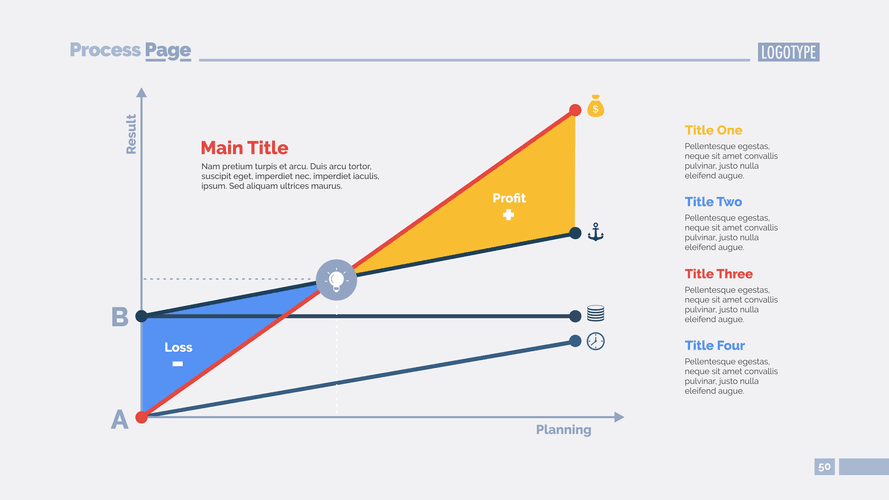Content
- What if they end up paying me after all?
- Understanding Accounts Receivable
- Module 4: Financial Statements of Business Organizations
- Example of Accounts Receivable
- Accounts Receivable vs. Accounts Payable
- How Are Liabilities Different From Assets?
- How are accounts receivable different from accounts payable?
- What can I do to make people pay faster?
- When to call something ‘bad debt’

This accounting method considers revenue to be revenue when cash is received. Therefore, you wouldn’t consider your receivables as revenue because they will be converted into cash at a future date. If you counted them as revenue right away, you’d be claiming revenue that you haven’t received yet or might not ever receive, which is sometimes referred to as doubtful accounts or bad debt. Accounts receivable is any amount of money your customers owe you for goods or services they purchased from you in the past.
Calculating your business’s accounts receivable turnover ratio is one of the best ways to keep track of late payments and make sure they aren’t getting out of hand. Examples of assets include cash, accounts receivable, inventory, prepaid insurance, investments, land, buildings, equipment and goodwill. Gain global visibility and insight into accounting processes while reducing risk, increasing productivity, and ensuring accuracy. Close the gaps left in critical finance and accounting processes with minimal IT support. Increase accuracy and efficiency across your account reconciliation process and produce timely and accurate financial statements.
What if they end up paying me after all?
Perform pre-consolidation, group-level analysis in real-time with efficient, end-to-end transparency and traceability. Reduce risk and save time by automating workflows to provide more timely insights. Small Biz Ahead is a small business information blog site from The Hartford. Any company we affiliate with has been fully reviewed and selected for their quality of service or product.

When the amount of the credit sale is remitted, Company B will debit its liability Accounts Payable and will credit Cash. Company A will debit Cash and will credit its current asset Accounts Receivable. If you have a good relationship with the late-paying customer, you might consider converting their account receivable into a long-term note. In this situation, you replace the accounts receivable are typically classified as current assets because account receivable on your books with a loan that is due in more than 12 months and which you charge the customer interest for. Simply getting on the phone with a client and reminding them about unpaid invoices can often be enough to get them to pay. Sending email reminders at regular intervals—say, after 15, 30, 45, and 60 days—can also help jog your customers’ memory.
Understanding Accounts Receivable
As such, it is an asset, since it is convertible to cash on a future date. Accounts receivable is listed as a current asset on the balance sheet, since it is usually convertible into cash in less than one year. Timely, reliable data is critical for decision-making and reporting throughout the M&A lifecycle. Without accurate information, organizations risk making poor business decisions, paying too much, issuing inaccurate financial statements, and other errors. To mitigate financial statement risk and increase operational effectiveness, consumer goods organizations are turning to modern accounting and leading best practices. Simply sticking with ‘the way it’s always been done’ is a thing of the past.
It can help the business produce economic value and can be converted to cash. Accounts receivable are considered an asset in the business’s accounting ledger because they can be converted to cash in the near term. Companies come to BlackLine because their traditional manual accounting processes are not sustainable. We help them move to modern accounting by unifying their data and processes, automating repetitive work, and driving accountability through visibility.
Module 4: Financial Statements of Business Organizations
This situation may arise when a business increases the amount of credit it is offering to riskier customers. BlackLine and our ecosystem of software and cloud partners work together to transform our joint customers’ finance and accounting processes. Together, we provide innovative solutions that help F&A teams achieve shorter close cycles and better controls, enabling them to drive better decision-making across the company. Most companies operate by allowing a portion of their sales to be on credit. Sometimes, businesses offer this credit to frequent or special customers that receive periodic invoices.
Since this amount is convertible to cash on a future date, accounts receivable is considered an asset. On a balance sheet, accounts receivable is considered a current asset, since it is usually convertible into cash in less than one year. Current assets include cash and cash equivalents, accounts receivable, and inventory. Cash includes bank account balances, petty cash, and cash equivalents. Cash equivalents are very safe assets that can be readily converted into cash, such as U.S. As you learned in the previous section, another major category of current assets is inventory.
Ignite staff efficiency and advance your business to more profitable growth. Standardize, accelerate, and centrally manage accounting processes – from month-end close tasks to PBC checklists – with hierarchical task lists, role-based workflows, and real-time dashboards. Let’s assume that Company A sells merchandise to Company B on credit (with payment due 30 days later).
